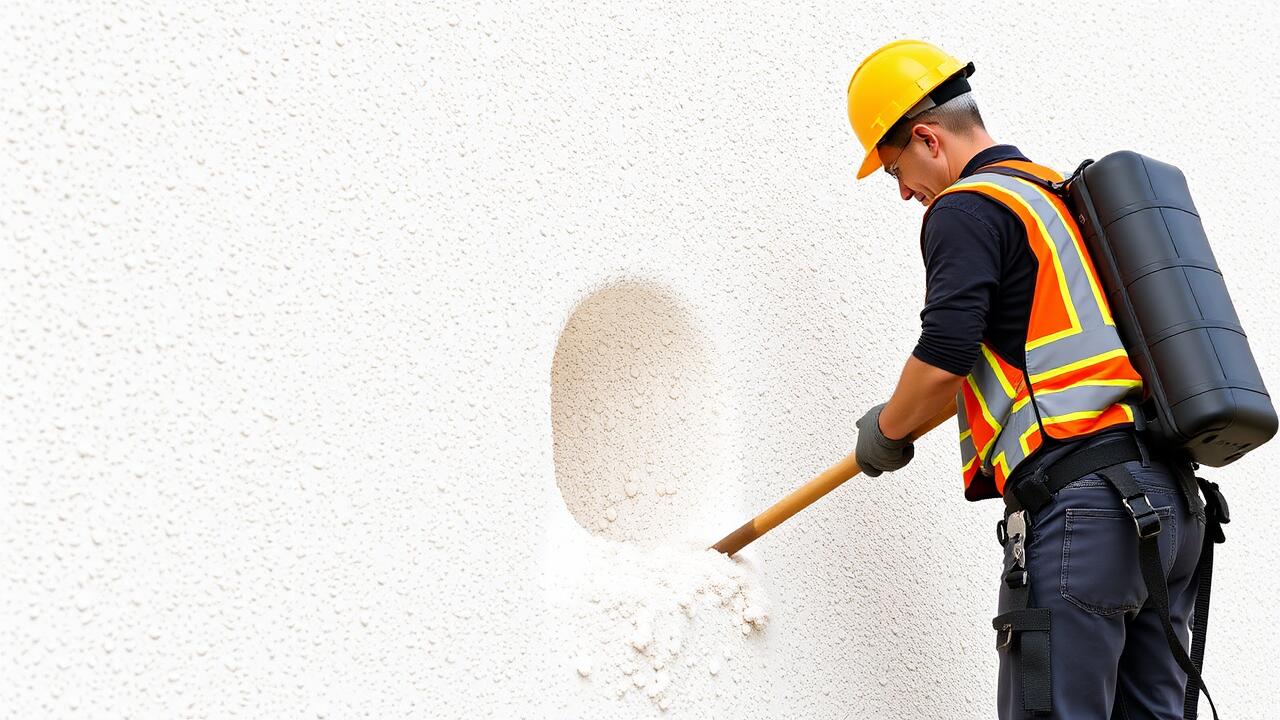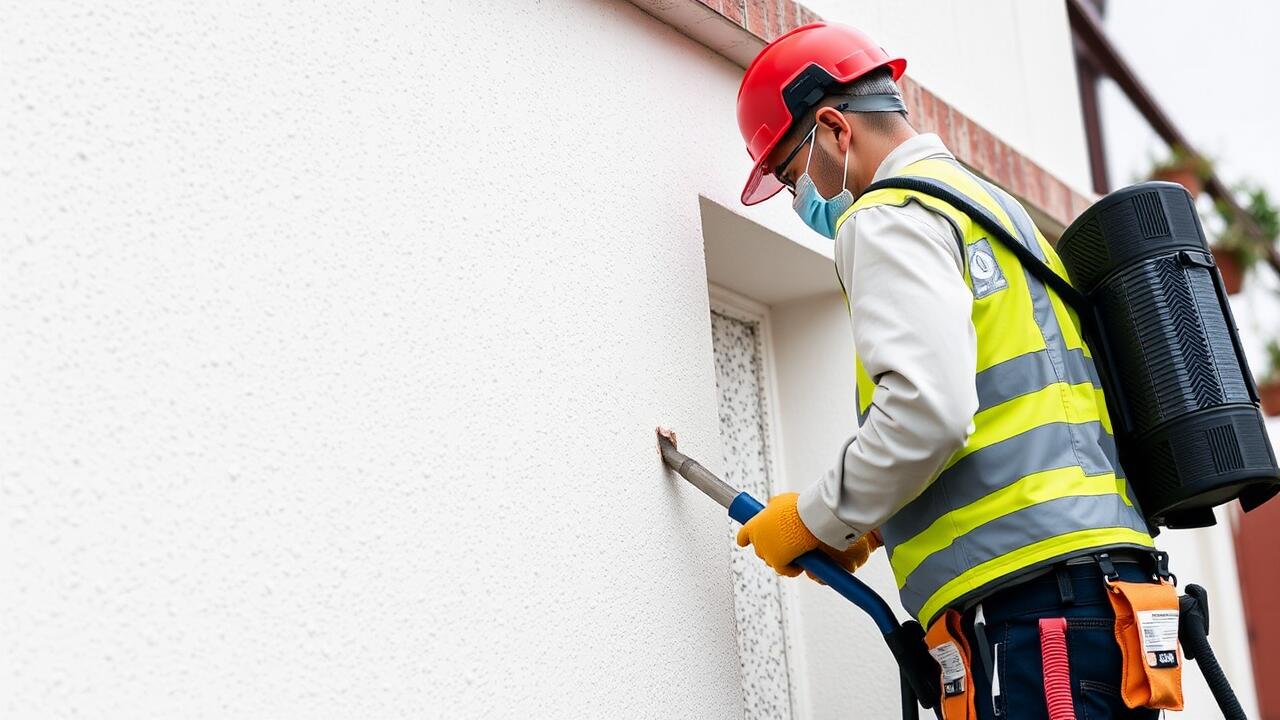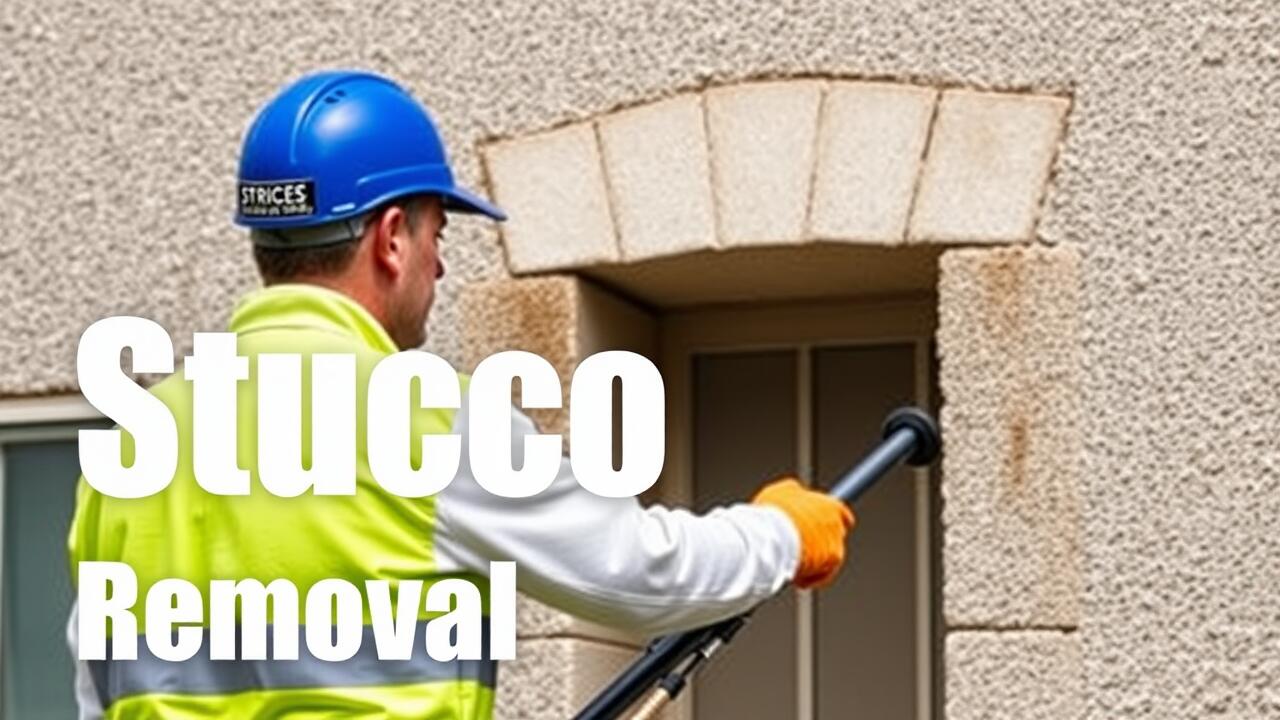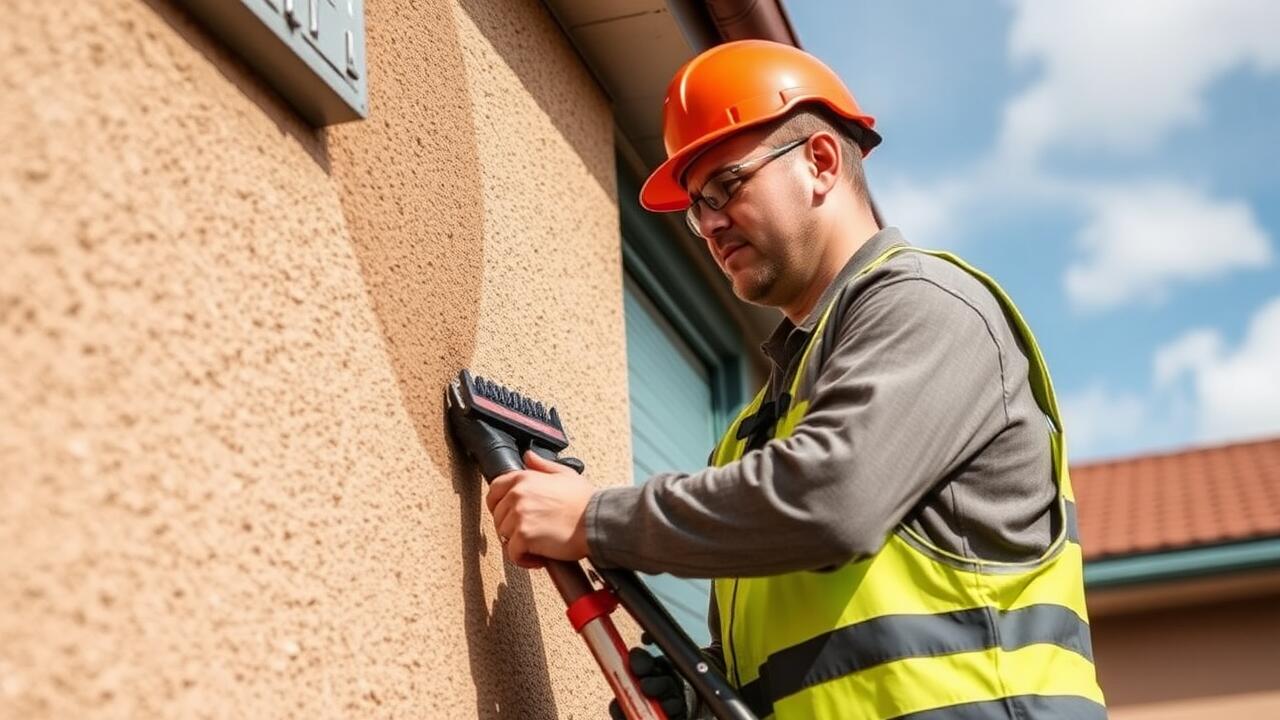
Dealing with Different Types of Stucco
Different types of stucco can affect the approach needed for removal. Traditional stucco is often hard and layered, making it more challenging to remove compared to synthetic options. Knowing the composition of your stucco will guide you in choosing the right tools and methods. Homeowners often benefit from consulting local experts to assess their specific circumstances. Searching online for "Stucco Removal near me" can provide valuable resources and services tailored to the type of stucco present.
When dealing with various stucco finishes, preparation is key. Each type may require different techniques to ensure a successful removal without damaging the underlying walls. For instance, traditional stucco might need chiseling, while synthetic stucco could involve simpler scraping methods. Understanding these nuances will save time and effort during the project. Local professionals can offer insights and support, making it easier to navigate the options available in your area.
Identifying Your Stucco Type
To successfully identify the type of stucco on your walls, start by observing its texture and appearance. Traditional stucco often has a rough surface, characterized by a sandy texture and irregular patterns. Synthetic stucco, or Exterior Insulation and Finish System (EIFS), appears smoother and may feel softer to the touch. Checking for cracks and peeling can also give clues about the specific type you are dealing with, as different materials exhibit distinct wear patterns over time.
Once you've established the type of stucco, consider your next steps. If you're unsure or want a professional opinion, searching online for "Stucco Removal near me" can connect you with local experts. They can help assess the condition and type of stucco, ensuring you're informed about the best methods for removal and any necessary repairs that might follow. Understanding the nuances of your stucco type will facilitate a smoother renovation process.
Repairing Walls After Stucco Removal
Once you have removed the stucco from your walls, the surface may appear uneven or have patches where the material was adhered. Before applying any new wall finishes, it is essential to inspect the surface for damage. Cracks or holes should be filled with appropriate repair materials. To achieve a smooth finish, use a putty knife to apply joint compound or patching plaster, ensuring it is level with the surrounding wall. Sanding may be required after the patch has dried to create a uniform appearance, preparing the surface for the next steps.
After the repairs are complete, consider your options for new finishes. You might choose to paint, apply wallpaper, or even install new siding to enhance your home's aesthetic. Each option requires careful planning and preparation. Consult professionals if necessary, especially if you're unsure about the best finish type for your space. Searching for “Stucco Removal near me” can help you find local services that specialize in repairing and re-finishing once stucco surfaces, ensuring that your walls look their best when the project is done.
Patching and Preparing for New Finishes
Once the stucco has been removed, assessing the condition of the underlying wall surface is crucial. Look for any cracks, holes, or damaged areas that need attention before applying a new finish. Use a patching compound to fill gaps and ensure the surface is smooth and even. This preparation will enhance the appearance of the new wall finish. Maintaining a clean workspace will also aid in achieving a professional look.
After patching, it is essential to allow the wall to dry completely. This drying time will depend on the chosen materials and environmental conditions. Once dry, you can proceed with priming the walls if required. A well-prepared surface helps the new finishes adhere better and ensures longevity. If you're seeking professional assistance, searching for "Stucco Removal near me" can provide local experts to help guide you through the process efficiently.
Alternative Wall Finishes Post-Stucco
After removing stucco from your walls, several alternatives can enhance your home’s aesthetics. Many homeowners opt for drywall, which offers a smooth finish and is easy to paint. Wood paneling provides warmth and texture, while shiplap can create a charming rustic vibe. For a more unique option, consider using a combination of materials, such as exposed brick or stone, which can add character and depth to your interior.
Vinyl or aluminum siding can be a suitable choice for exterior walls if you’re looking for durability and low maintenance. These finishes come in various colors and styles, allowing for personalization to match your home’s design. For those considering this project, searching for “Stucco Removal near me” will help you find professionals who can assist in transitioning to these alternative wall finishes efficiently.
Exploring New Options for Your Walls
After completing stucco removal, homeowners often seek new wall finishes that enhance the aesthetic appeal of their interiors. Options range from traditional drywall to modern materials like reclaimed wood or shiplap. Each finish comes with its unique characteristics, allowing for creative expression and personal style. Many people are turning to textured wallpapers or paint to add depth and interest to their spaces. The choice largely depends on the overall design theme and functionality desired for the room.
When considering installation, it's helpful to research local services that can assist with the project. Searching terms like "Stucco Removal near me" can lead to professionals who can provide guidance on selecting appropriate materials. Additionally, consulting with experts can help avoid common pitfalls associated with wall finishing. A fresh approach can significantly transform living spaces, making it worthwhile to explore all available options.
FAQS
What tools do I need to remove stucco from walls?
To remove stucco from walls, you will typically need a chisel, hammer, pry bar, safety goggles, a dust mask, a utility knife, and potentially a power tool like a grinder or power scraper for larger areas.
How can I identify the type of stucco on my walls?
You can identify the type of stucco by examining its texture and composition. Look for signs of a smooth finish (which may indicate a synthetic stucco), a rough texture (traditional stucco), or a combination of both. Additionally, checking for layers or any underlying materials may help determine the specific type.
Can I remove stucco myself, or should I hire a professional?
Removing stucco can be a labor-intensive and messy process. If you are comfortable with DIY projects and have the appropriate tools and safety measures in place, you may choose to do it yourself. However, if you’re unsure or dealing with extensive damage, hiring a professional is recommended.
What should I do after removing stucco from my walls?
After removing stucco, you should assess the condition of the underlying wall. Repair any damage with patching materials, sand the surface smooth, and prime the area before applying new finishes according to your design preference.
What are some alternative finishes I can use after stucco removal?
After stucco removal, you can consider several alternative wall finishes, including drywall, wood paneling, stone veneer, or a new stucco application. Paint and decorative plaster can also be great options for enhancing the aesthetic of your walls.


